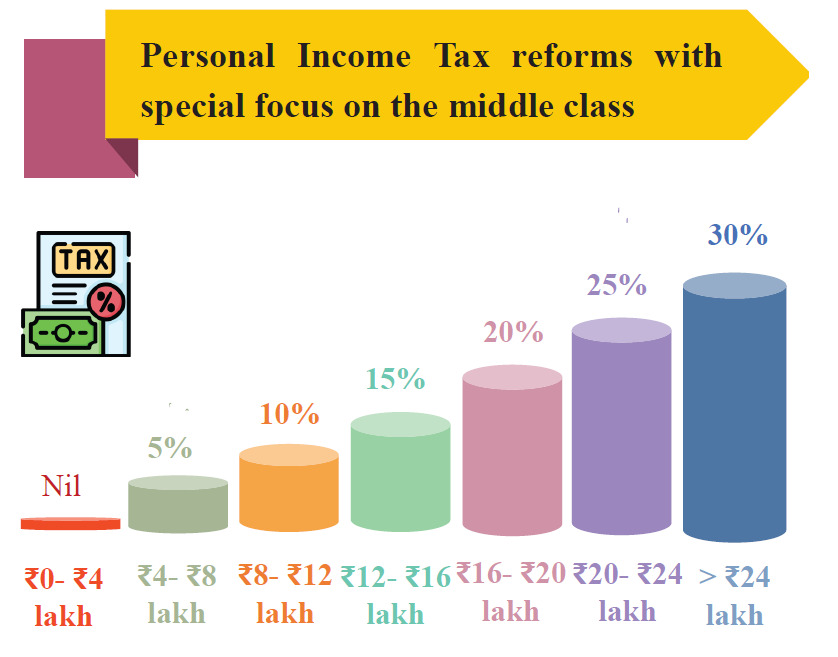What are charges you may have to pay while taking a Home Loan?
Processing Fee :
Processing Fee is a fee charged by the lender to service the cost of the credit appraisal. This fee can be ranging from 10,000/- upto as high as 1% of the loan amount depending upon (i) Profile of the borrower, (ii) Product that you choose, (iii) Income sufficiency in available documents, (iv) Profession of the borrower, etc.
Legal Fee:
Most lenders engage external law-firms to scrutinize the legal documents of the borrowers. Generally lenders absorb this cost in the processing fee itself. But some PSU lenders take the fee separately from the borrowers.
Franking Fee on the loan agreement:
Some States in India do not have it at all, some have 0.1%-0.2% of the loan amount being payable. For example, if you are taking a 1.50 crores loan, then the stamp charges payable is 30,000/- in Maharashtra & Karnataka.
Application Fee:
Banks take a minimal fee to cover their preliminary expenses towards home, office verification etc. This can range between 1000/- to 5000/- depending upon the lender.
Administrative Fee:
Some lenders split the processing fee into two parts. The one charged after the loan is sanctioned is called administration fee.
Technical evaluation Fee:
For properties which are of high value(depends on lender to lender as to which value they consider as high), there are two valuations done for higher caution. The lower of the two valuations is considered for the lending. Fees if not absorbed by the lender, is collected from the borrower by some PSU lenders.
Franking Fee on the sale agreement:
In some states of India, there is a stamp duty payable on the property agreement with the builder or seller. This used to be a flat fee of 200/- earlier but now been revised to 0.1% of the property cost subject to a maximum of 20,000/-. The good news is, in those states which follow this, allow adjusting the amounts with the final property registration deed upon submission of the agreement in which the fee was paid to the Sub-registrar’s office.
Intimation of Registration:
Intimation to the Sub-registrar’s office is a new introduction of process in Maharashtra. Generally not done by any other States as of now. Though the cost is very low, only 1300/-, but to visit the SRO and doing it is tedious.
Notary:
If you are an NRI, then all your KYC and the POA(power of attorney) you are executing, depending on the bank’s requirement, needs to be notarized by the Indian Embassy or a local Notary available abroad.
Adjudication Fee:
To start the process for a home loan application, if you are the POA-holder of an NRI, the notarized POA needs to be adjudicated here in India before submission to the lender.
Indemnity:
This is the way you safe-keep the interest of the lender. the documents reads that if there is any issue because of unavailability of the said document, the sole responsibility is on the borrower and that the borrower indemnifies that the cost of such risk will be completely bourne by the borrower and not the lender. There could be indemnification required for many aspects in your borrowing. For example, if the builder is yet to receive some minor approval from authority or the property tax is yet to be paid completely by the seller or the ‘Khata'(in Karnataka) is not yet transferred in the seller’s name though the deed is registered in his name or the OC(occupancy certificate) is yet to be received by the builder, then the borrower needs to indemnify the lender. There is stamp fee of a few hundred rupees(depending upon the State) and a notarization may also be required.
Mandatory Fire Insurance:
Most lenders who are having a wing of bank assurance insist on this. This is just a list of expenses a borrower might incur.
Documentation Fee:
For getting the loan agreement signed, getting the ECS mandate activated or a few other formalities, few lenders still do charge this fee. This is generally nominal, 500/- to 2000/- approximately.
